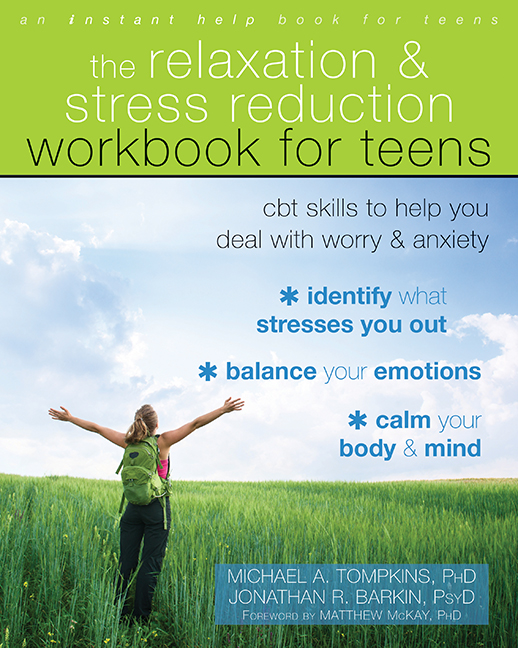By Michael Tompkins, PhD, ABPP
In cognitive behavioral therapy (CBT) with teens, it’s important that teens not only know how to identify their emotions (e.g., sad, angry, anxious) but also how to quantify the degree or intensity of the emotion they’re feeling. For teens who struggle to do this, you can help them build an Emotion Intensity Scale.
Therapist: Sometimes making a list of situations can help you learn to rate the intensity of your feeling. So, what’s the most anxious that you’ve ever felt in your whole life?
Rita: Well, it’s got to be last semester when I was studying for my math final exam.
Rita and her therapist continue this process until they’ve built her Emotion Intensity Scale.
|
My Emotion Intensity Scale |
|
|
Degree of Anxiety |
Situation |
|
0% |
Playing a video game. |
|
10% |
Thinking about what I’ll talk about in therapy today. |
|
20% |
When I felt a little dizzy at school. |
|
30% |
Seeing a text from my dad. |
|
40% |
Thinking about the big essay for my English class. |
|
50% |
Raising my hand in class when I’m sure I know the correct answer. |
|
60% |
Asking my math teacher if I could meet with her after class for help. |
|
70% |
Talking to a girl I didn’t know who came up to me at lunch. |
|
80% |
Raising my hand in class when I’m not sure of the answer. |
|
90% |
When Mr. Walton called on me in class. |
|
100% |
The night before my math final. |
Therapist: Okay, let’s check how helpful the scale is. So, tell me about a situation last week when you were feeling anxious.
Rita: Last night. I remembered that I had a pop quiz in history.
Therapist: So, take a look at your scale. About how anxious did you feel?
Rita: Well, I guess I said about 25%.
Therapist: Great job!
Book Titles: The Relaxation and Stress Reduction Workbook for Teens
 Michael A. Tompkins, PhD, ABPP, is codirector of the San Francisco Bay Area Center for Cognitive Therapy; assistant clinical professor at the University of California at Berkeley; and author or coauthor of numerous books, including Anxiety and Avoidance.
Michael A. Tompkins, PhD, ABPP, is codirector of the San Francisco Bay Area Center for Cognitive Therapy; assistant clinical professor at the University of California at Berkeley; and author or coauthor of numerous books, including Anxiety and Avoidance.

 2024 Peace Playbook: 3 Tactics to Avoid Clashes with Your Partner
2024 Peace Playbook: 3 Tactics to Avoid Clashes with Your Partner